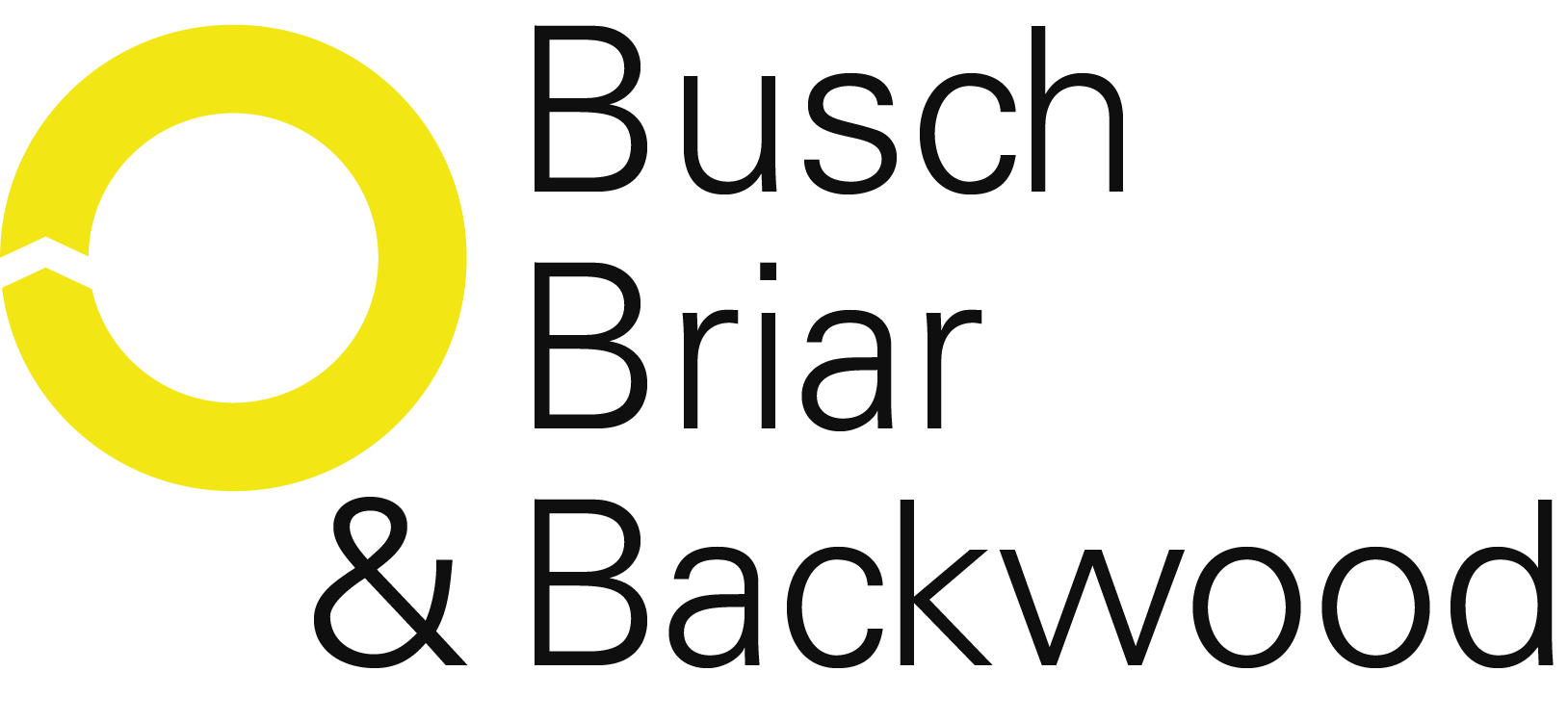
In her post called “Best-of-Breed or All-in-One marketing software, which serves you better?” Kath Pay is making some interesting statements. It is a topic that is keeping minds busy these days. I fully agree with her where she says the technology of choice must follow the marketing strategy. Starting from an ICT angle would be reverse engineering. And that often ends up in user dissatisfaction, divestments or complete write-offs. But the scope must also go beyond the selection of the best-fit ESP/email tool. As nobody needs the top-of-the-league email tool when you take the average email marketing maturity into perspective.
Good reasons to move away from ESP pure players
I have seen quite some email and marketing automation solutions over the past 20 years. With the uprise of the all-in-ones, ESP pure players tried to catch up to have their share of the marketing automation pie. But a lot of them were either too late or facing huge investments. They are now confronted with a market where companies are increasingly making a choice for marketing

automation solutions. And for the right reasons. If customer experience and brand engagement is your game – and it is or should be – there are strong arguments in favor of swapping your ESP point solution for one that will enable you to go omnichannel.
Best-of-breed vs. all-in-one is not a matter of black or white
The answer to the “best-of-breed or all-in-one” question is: make the business case. After shortlisting potential vendor candidates find out what comes as out of the box functionality and ask for a demo. In addition, ask for site visits at some of their existing clients. That will certainly help you paint the picture.
But it is not necessarily as black and white as Kath says. To start with: what is the definition of all-in-one? Do we refer to a platform that integrates ALL customer-facing business functions? Or is it a platform that covers the marketing function and related channels? In both scenarios, you don’t need to worry too much. It’ all about the business case. Where the two scenarios may differ in outcome. Just keep in mind that – when making your choice – you need to look beyond the day of tomorrow. Make your choice based on your strategy and the roadmap you outlined.
Testing the temperature
When you take a hot bath you don’t jump in just like that. You will carefully put in your big toe first before you slide in. That is also possible when choosing marketing technology. Replace your ESP point solution with a platform that offers the functionality to facilitate omnichannel campaigns. Start working with it, build your journeys and reap results. And if it doesn’t meet your needs

after all, just cut it out and replace it by an alternative solution. If it does meet your needs, you may scale up over time, creating that truly integrated all-in-one platform. So, the initial choice for all-in-one is actually still best-of-breed. Quite comforting if you’d ask me.
Eggs in the same basket
An often-heard argument against all-in-one is vendor lock-in. Too many eggs in one basket. The question is: is that right? What about the numerous companies that did the math, made the jump with a thriving business as a result? On top of that, a real vendor lock-in really happens on a data-level, not so much on a functional level. Again, do the math, call for out-of-the-box demos and request some site visits. Sleep it over and make a calculated decision.
The presumed complexity and rigidity of all-in-one
Is the implementation of all-in-one more complex compared to best-of-breed? More complex in IT involvement, time and connecting the dots? Not necessarily. All-in-one is never a Big Bang implementation. Starting with an MVP you work your way down your implementation roadmap to the desired end-state. Creating transparency down the implementation timeline: when to buy or activate the relevant licenses. And how to plot your project in the company’s IT calendar for required resources from their end. Solutions that come with a big array of functionality usually have a steeper learning curve than those that do not. Are they,

consequently, more complex and rigid? E.g. creating more sophisticated, personalized emails, for example, require scripting. Whether you work all-in-one or best-of-breed. The root cause of perceived complexity is end-user enablement. Train them to get the most out of the platform. That is where a trusted marketing and implementation partner can add value. To show them how to do it, then work side by side while building up the center of expertise and knowledge among end-users in the client’s organization.
With regards to such things as lack of flexibility in dashboarding and reporting to manage your operations, that really depends on how you access the data. From a data warehouse? Or do you have to pull the data from individual data sources, to create and prepare a dataset for dashboarding? That can be equally rigid and labor-intensive in a best-of-breed environment.
Lower satisfaction among all-in-one users
Holistic Email Marketing’s vendor satisfaction survey reveals lower satisfaction levels among all-in-one users versus best-of-breed ESPs. Lower in terms of unhappiness about the costs, complexity, customer service and the percentage of available features used. Even though I must be careful making statements without knowing the research criteria, I can say end-user enablement will do the trick. If dedicated partners would have supported them in building the knowledge and capabilities, I bet the outcome would have been a whole lot different. Including the business case.
So, is all-in-one the best choice after all?
Not by definition. But all-in-ones are worth investigating. As we all know they are the result of acquisitions over the past years. Which means they are not yet fully integrated. Although some vendors, such as Salesforce, are making tremendous progress. Vendors where you can also cater for specific customizations, offered by partners via the AppExchange. And specialized support

of all sorts. Yes, they usually are more costly than best-of-breed solutions. Although there is no such thing as a MSRP. Still, don’t treat it as an out-of-pocket expense. Look upon it as an investment in stronger ROI and happy people buying your products and services for some time to come. Neglect the vendors praying for their own parish, making the alternative scenarios look bad. Do the math.
